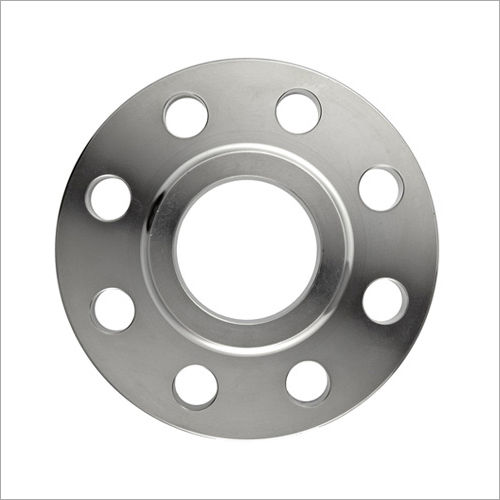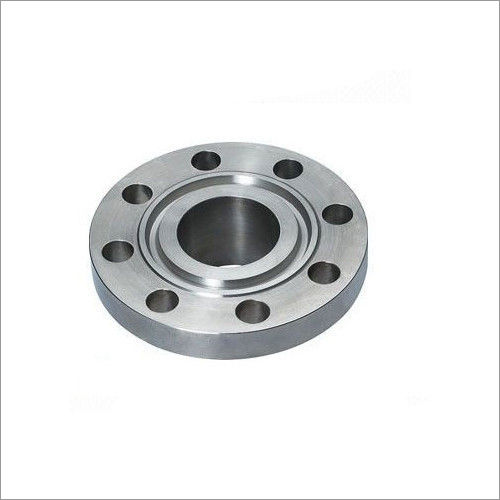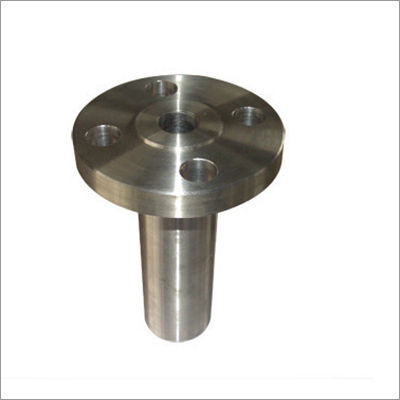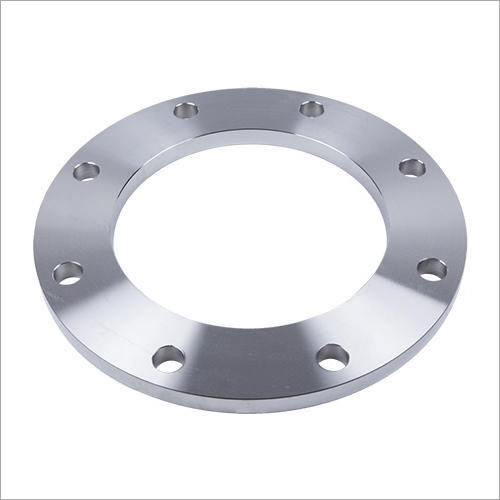Turning big ideas in to great products
Flanges
Product Details:
- Grade SS304, SS316, ASTM A105, ASTM A182
- Purity 99% (for stainless steel)
- Feature Corrosion resistant, high strength, easy installation
- Dimension (L*W*H) As per required sizes and standards
- Application Pipe fitting, Petroleum, Chemical, Mechanical
- Product Type Industrial Flange
- Material Stainless Steel, Carbon Steel, Alloy Steel
- Click to View more
X
Flanges Price And Quantity
- 50000 , , Piece
Flanges Product Specifications
- Round
- 1/2 inch to 24 inch (custom sizes available)
- SS304, SS316, ASTM A105, ASTM A182
- Corrosion resistant, high strength, easy installation
- 99% (for stainless steel)
- As per required sizes and standards
- Silver, Grey
- Pipe fitting, Petroleum, Chemical, Mechanical
- Forged, Cast
- Stainless Steel, Carbon Steel, Alloy Steel
- Welded, threaded, slip-on, socket weld, blind, lap joint
- Rust proof, polished, galvanized, plain
- Class 150 to Class 2500
- Industrial Flange
- ANSI, DIN, JIS, BS, EN, GOST
Flanges Trade Information
- 10000 , , Piece Per Day
- 7 Days
Product Description
Technical specification
- Standards : ANSI B16.5, ANSI B16.47 Series A & B, MSS SP44, ASA, API-605, AWWA, Custom Drawings
- Size: 1/2 (15 NB) to 48 (1200NB)
- Class/Pressure: 150#, 300#, 600#, 900#, 1500#, 2500#, PN6, PN10, PN16, PN25, P00N40, PN64 etc.
- Flange Face Type: Flate Face (FF), Raised Face (RF), Ring Type Joint (RTJ)
- Stainless Steel Socket Weld Flanges: ASTM A182 F304, F304L, F310, F316, F316L, F317, F317L
- Carbon Steel Socket Weld Flanges: ASTM A105/A105N, A694 F42, F46, F52, F60, F65, F70, A516.60, 65, 70
- Low Temperature Carbon Steel Socket Weld Flanges: ASTM A350, LF1, LF2 CL1/CL2, LF3 CL1/CL2
- Test Certificates: Manufacturer Test Certificate as per EN 10204 / 3.1B, Raw Materials Certificate, 100% Radiography Test Report, Third Party Inspection Report
Versatile End Connections and Flange Types
Choose from a comprehensive range of end connections and flange types, including Raised Face (RF), Flat Face (FF), and Ring Type Joint (RTJ), as well as Slip-On, Weld Neck, Blind, Socket Weld, Lap Joint, Threaded, and Orifice designs. Adaptable for welded, threaded, or slip-on installations, our flanges are crafted to fit various pipeline specifications and ensure robust, leak-proof joins.
Superior Materials and Finish Options
Our flanges are manufactured from high-purity stainless steel (SS304, SS316), carbon steel, and alloy steel to meet demanding industry standards. Surface finish options such as mirror and matte, along with corrosion-resistant treatments like passivation and oil coating, provide lasting protection against rust and environmental factors. Polished, galvanized, and plain finishes are also available to suit your project needs.
International Standards and Customized Solutions
Engineered to conform with ANSI, DIN, JIS, BS, EN, and GOST standards, our flanges guarantee consistent performance and compatibility worldwide. We offer sizes ranging from 1/2 inch to 24 inch, with custom dimensions available upon request, ensuring precise alignment with your pipe fitting applications in petroleum, chemical, and mechanical industries.
FAQs of Flanges:
Q: How are different types of end connections like Raised Face, Flat Face, and Ring Type Joint selected for flanges?
A: The selection of Raised Face (RF), Flat Face (FF), or Ring Type Joint (RTJ) end connections depends on the applications pressure, temperature, and sealing requirements. Raised Face is popular for high-pressure pipelines, Flat Face is used for low-pressure systems, and Ring Type Joint provides superior sealing in critical high-pressure and high-temperature services.Q: What is the typical manufacturing process for these flanges?
A: Our flanges are typically manufactured using forging or casting techniques, followed by precision machining to achieve the required dimensions and surface finish. After forming, they undergo treatments such as passivation or oil coating for corrosion resistance, and polishing or galvanizing, depending on the required specifications.Q: Where can these flanges be used, and in which industries are they most common?
A: These flanges are widely used in pipe fitting applications across the petroleum, chemical, mechanical, and process industries. Their robust design and versatility make them suitable for high-pressure, high-temperature environments in refineries, chemical plants, and industrial piping systems.Q: What benefits do corrosion protection finishes like passivation and oil coating provide?
A: Passivation and oil coating enhance the resistance of flanges to corrosion, extending their operational lifespan. Passivation creates a protective oxide layer on stainless steel surfaces, while oil coating forms a barrier against moisture and contaminants, both ensuring longevity even in harsh environments.Q: How do I determine the correct size and pressure class for my application?
A: Selecting the correct size and pressure class involves considering your pipe dimensions, system pressure, and applicable standards (ANSI, DIN, JIS, BS, EN, GOST). Our team can assist with custom sizing and pressure ratings to match your specific project requirements.Q: What installation methods are supported for these flanges?
A: The flanges support multiple installation methods, including welded, threaded, slip-on, socket weld, blind, and lap joint. The appropriate method is determined by pipeline design, pressure requirements, and ease of maintenance or replacement.Tell us about your requirement

Price:
Quantity
Select Unit
- 50
- 100
- 200
- 250
- 500
- 1000+
Additional detail
Mobile number
Email
Other Products in 'Stainless Steel Flanges' category
 |
RAJDHAN METAL
All Rights Reserved.(Terms of Use) Developed and Managed by Infocom Network Private Limited. |









